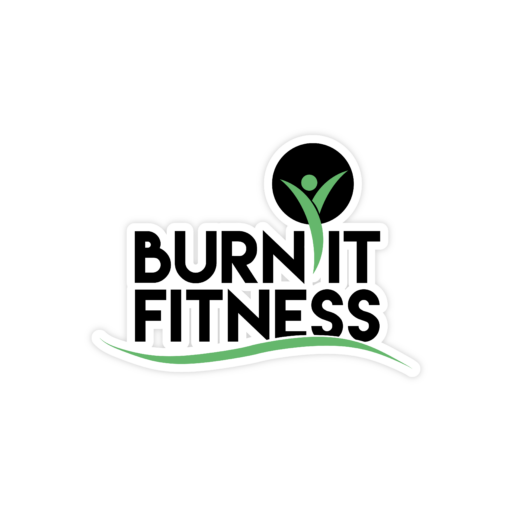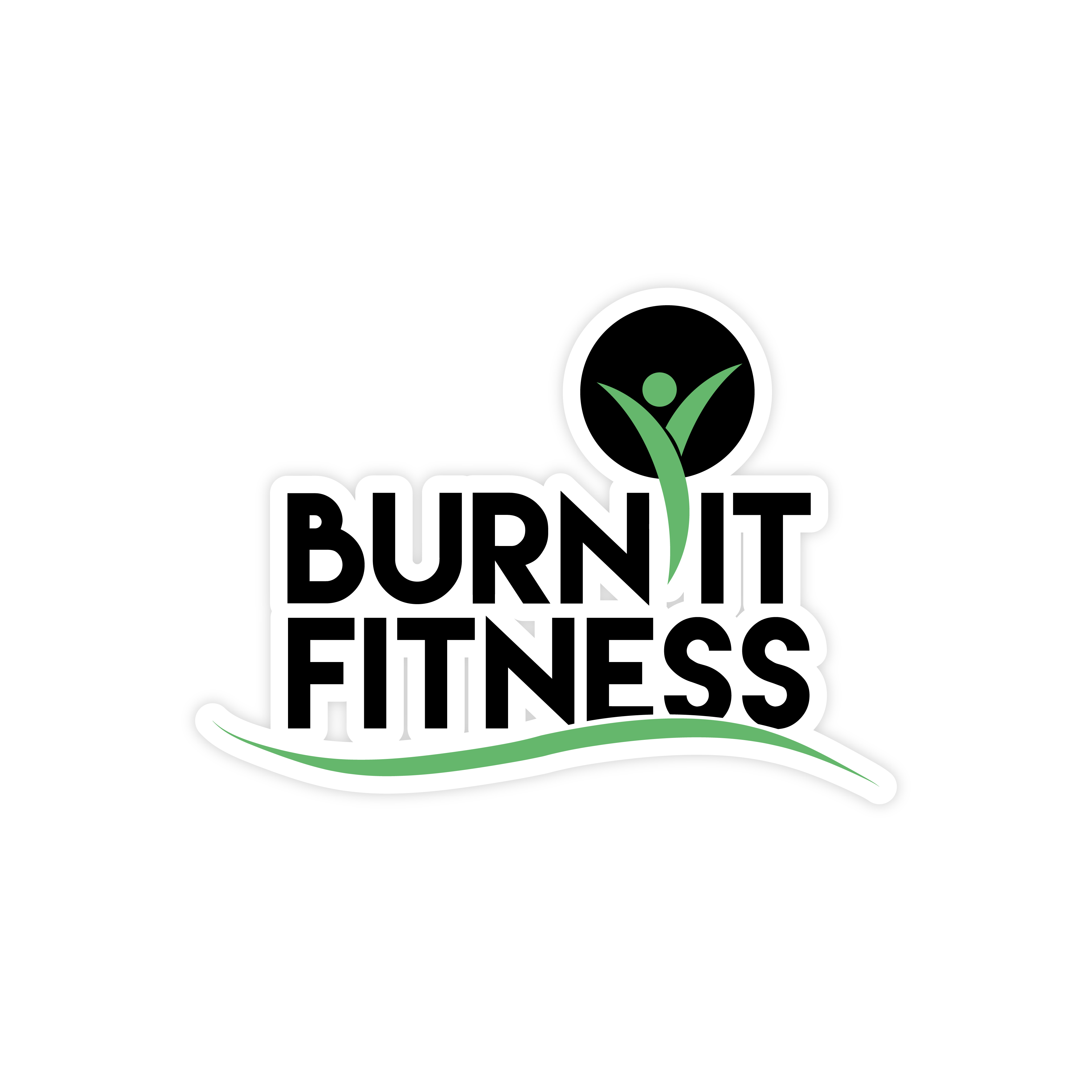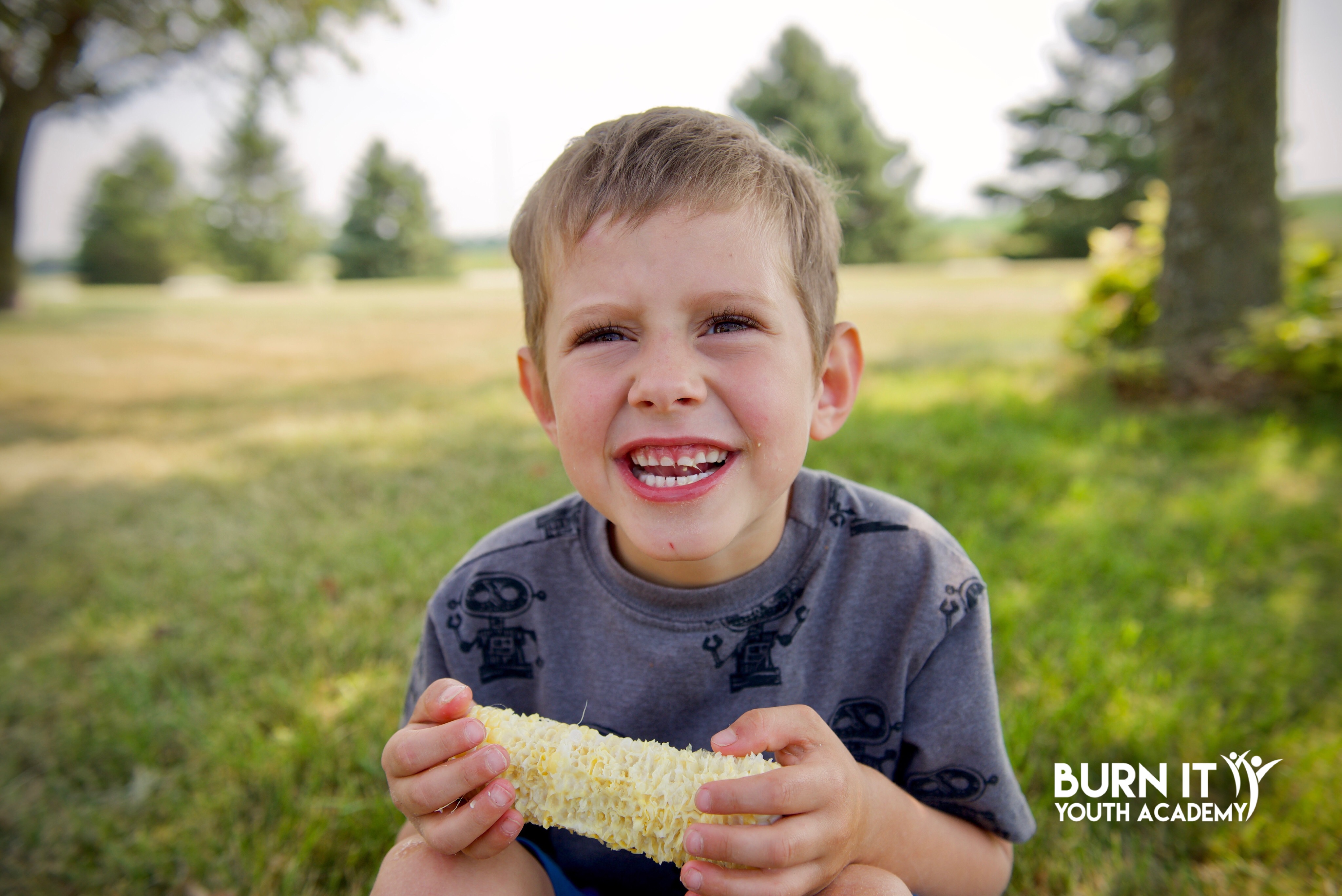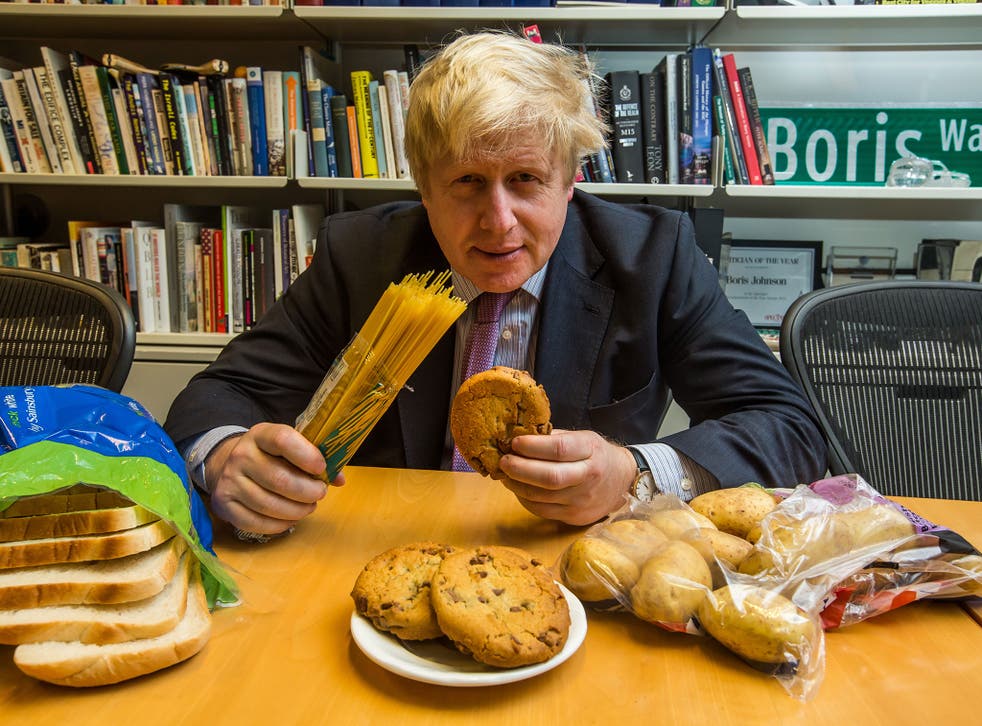Childhood nutrition
A massive part of childhood nutrition is not only to nourish the body to grow and develop, but also to lay down great eating habits and healthy attitudes towards food, meals, snacks and the ability to make good food choices.
Your pre-teens and teenagers are right now at a great age where they are young enough that they can be guided into forming good, healthy habits, but also old enough to start taking an interest in it and take some responsibility in looking after themselves.
It’s an important time to help them see the need for great diet and lifestyle, but you also have the balancing act of having them not obsess and worry but naturally be able to make decisions and be confident with their health.
A great way to help them, is to lead by example. For example:
- Make the same meals at home for everyone, don’t make your kids a great healthy dinner then pick at leftovers or eat differently from them – show them self-care is as important as caring for others.
- Encourage them to be active by being active yourself (Burn it and Burn it youth club is a great example of doing this). Or simply be present and involved with whatever they are. Watch their football games or dance shows whenever you can.
- If close enough, walk them to school every day to encourage it as a habit. If possible allow them to walk to school with friends. They will also relish the independence and not think of it as something they do because ‘mum makes them’.
- Have them involved in the preparation of food. With smaller children in the supermarket give them choices to make ‘we need fruit for everyones packed lunch, you can choose which kind this week.’ Or, ‘we need three types of green vegetables/ two types of vegetables that grow under the ground etc’. This give them the freedom to choose their own foods, but within healthy boundaries.
- For older kids/teens, once a month why not task them with cooking dinner? They will love the idea of them making the food and the parents doing the dishes, if it’s normally the other way round.
- If it’s not quite time to give free reigns just yet, then allow them to choose a dish from a recipe book and cook it together. Or recreate dishes they may have made form Home Economics class in school
- Baking is always a fun activity and good way to get interest in the kitchen developed from a young age.
- Have a fruit bowl stocked with different fruits. If apples tend to go in the lunch box, have plums, tangerines, grapes etc as the different sweet option to be the snacks first offered at home rather than biscuits etc
In regards to what to fuel your kids with, The Childhood Dietary Guidelines can be used as a source of required nutrients. This is very similar to the guidelines for adults, but more slightly more emphasis on certain nutrients required for the growth and development they are experiencing at this time in life. Child to child and depending on puberty and growth spurts, portioning is not a blanket figure which can be given for foods, however the guidelines suggest a portion is roughly what will fit in the palm of your hand.
Carbohydrates Potatoes, bread, rice, pasta, breakfast cereals, oats, couscous and other grains.
For energy, and the energy required for their potentially rapid growth
Protein Lean meat, fish, dairy products, eggs, pulses, beans and soya products.
For growth, maintenance and repair
Fat Unsaturated fats: olive, rapeseed, sunflower and corn oils, oily fish, nuts and seeds
Saturated fats (to be limited): animal products such as fatty meats, butter, ghee, and dairy products and foods made with these such as cakes, biscuits and pastries.
Calcium Milk, yogurt, cheese, soya beans, tofu, green leafy vegetables, soya drinks with added calcium, bread and any food made with fortified flour, and fish that contains edible bones.
For bone and teeth health
Iron Lean meat, wholegrain cereals, pulses, beans, nuts, sesame seeds, dark green leafy vegetables, dried fruit and fortified breakfast cereals.
For healthy blood and transporting oxygen around the body. Iron is especially important for teenage girls as their requirements are higher due to menstrual losses
Vit A Milk, yogurt, fortified fat spreads, cheese, eggs, and orange, red and green (leafy) vegetables such as carrots, sweet potatoes, red peppers and spinach.
For healthy skin, eyes, and immune system
Vit C Great sources are: citrus fruits, berries, peppers, tomatoes, broccoli, brussels sprouts and potatoes.
For healthy skin, bones, teeth/gums. Aids iron absorption as well
Vit D Eggs, oily fish, fortified breakfast cereals, fortified fat spreads and soya drinks with added vitamin D
For healthy bones, teeth, muscles and immune system
Omega 3 Oily fish such as salmon, mackerel, trout and sardines.
For healthy brain development.
The above list is not exhaustive, it is a selection of the main requirements from the British Nutrition Society and good overview to help keep your child’s diet healthy, varied and balanced. A great diet with a fun active lifestyle is the easiest and best way to set them up for strong, healthy future.





